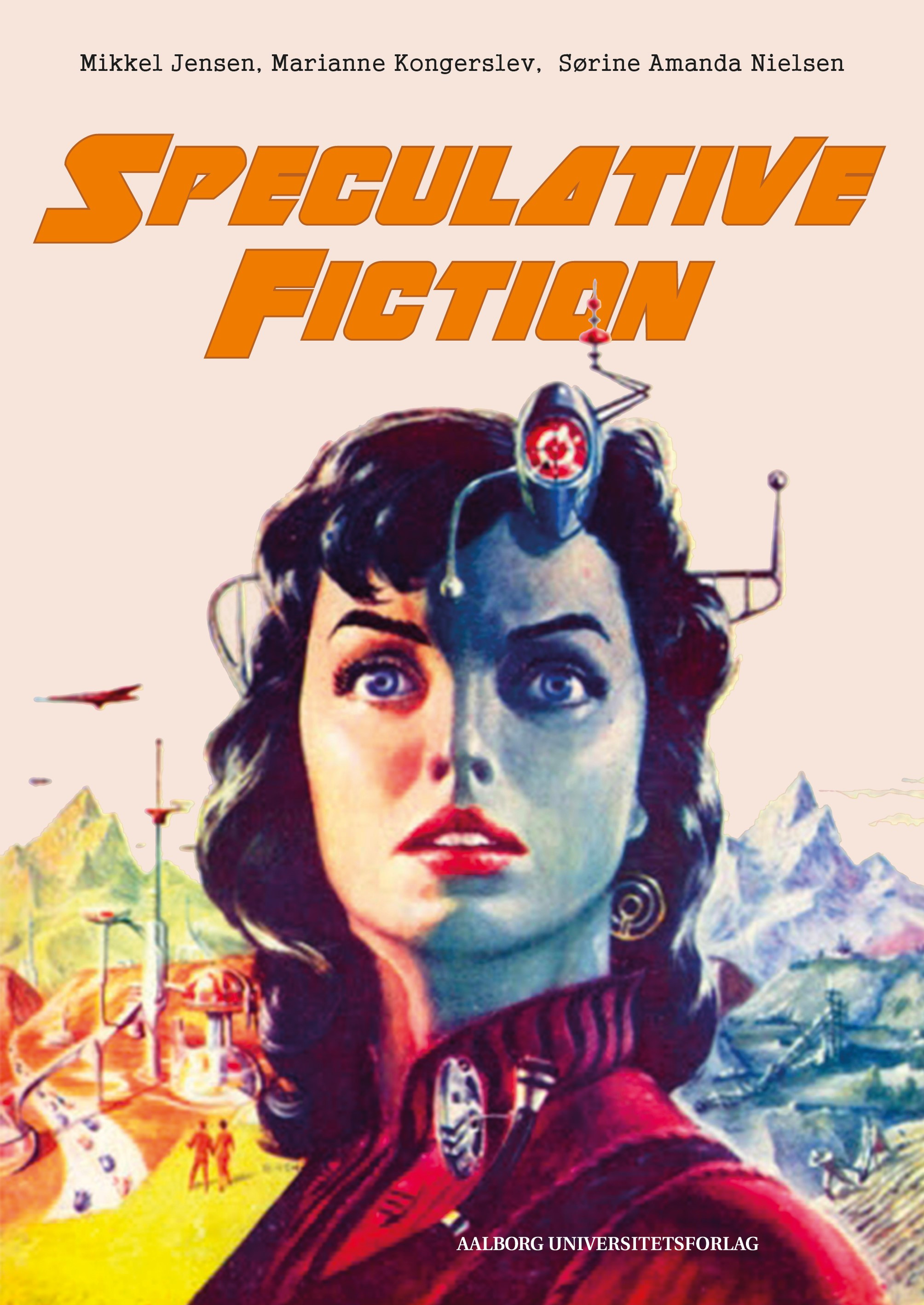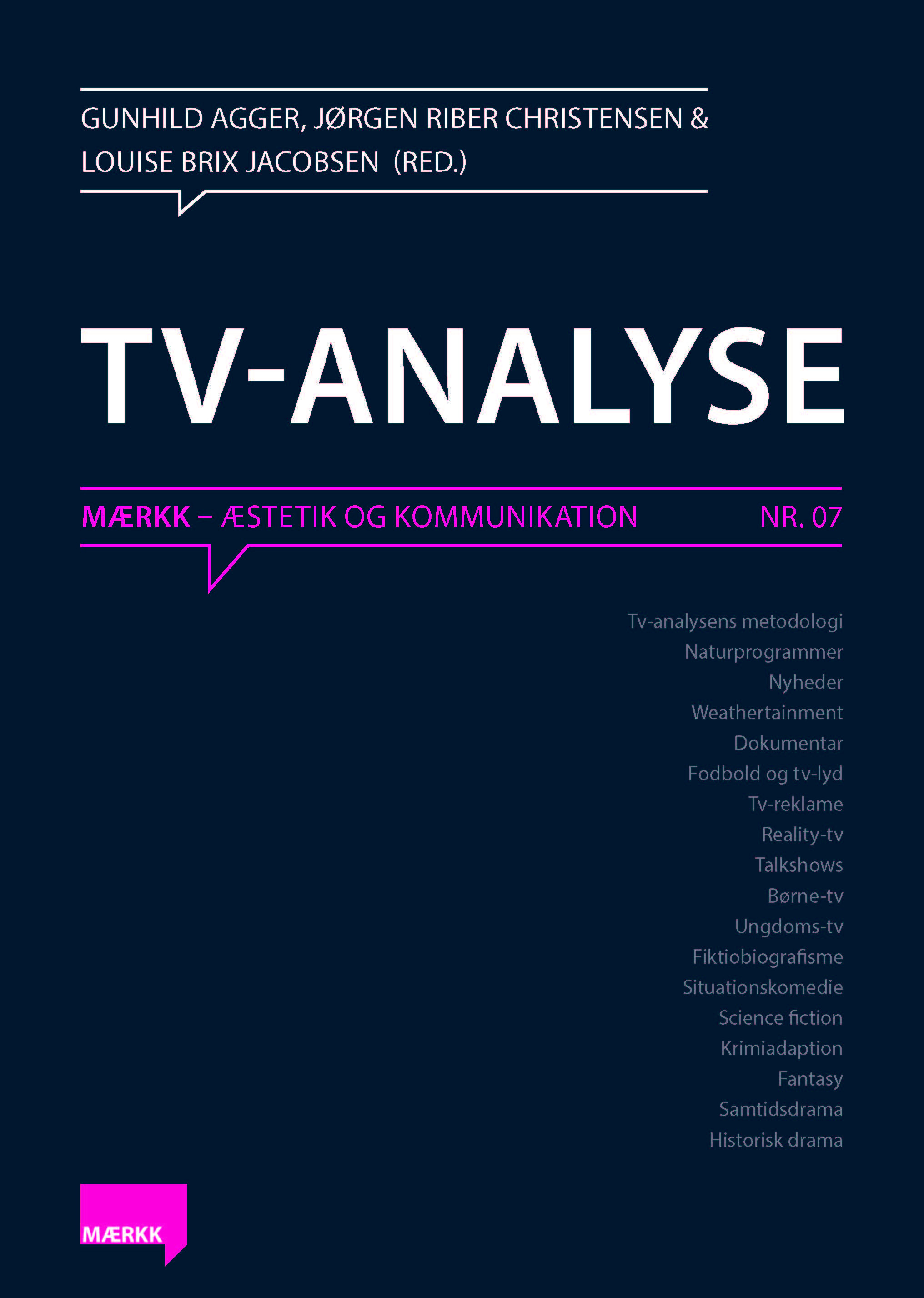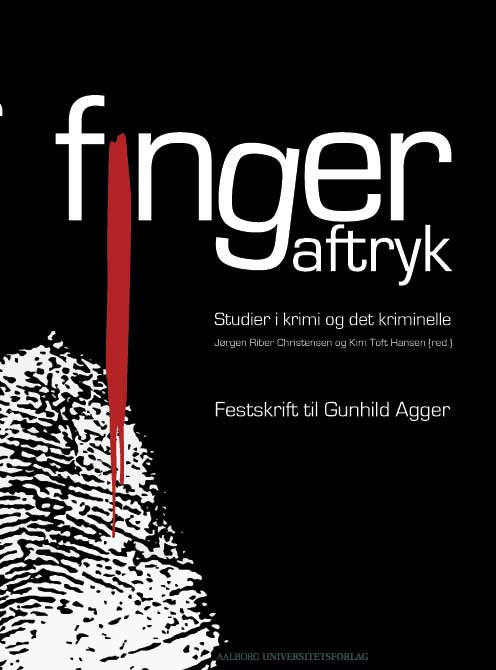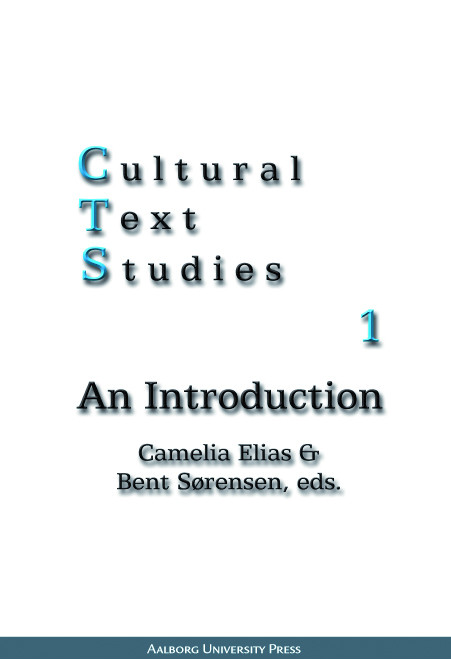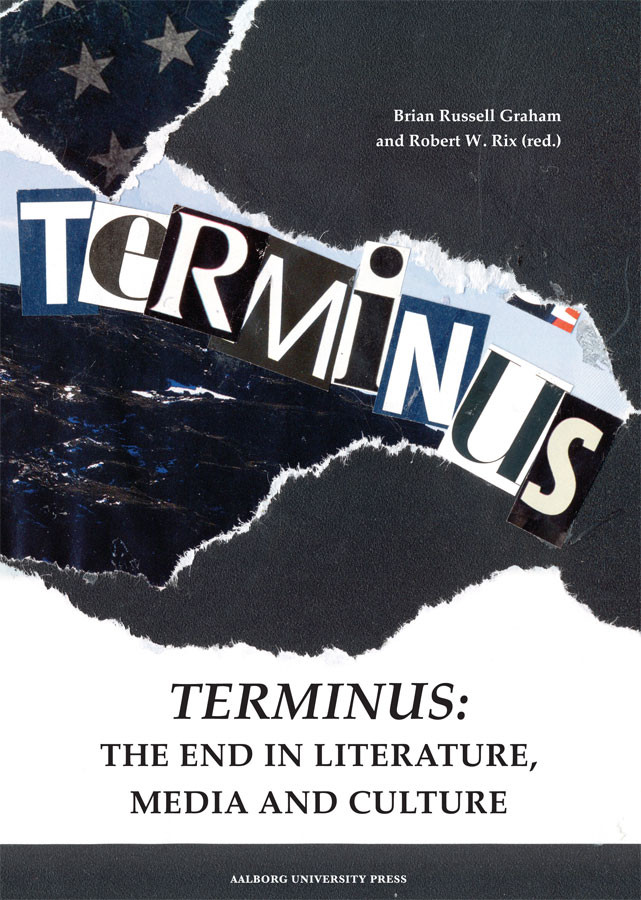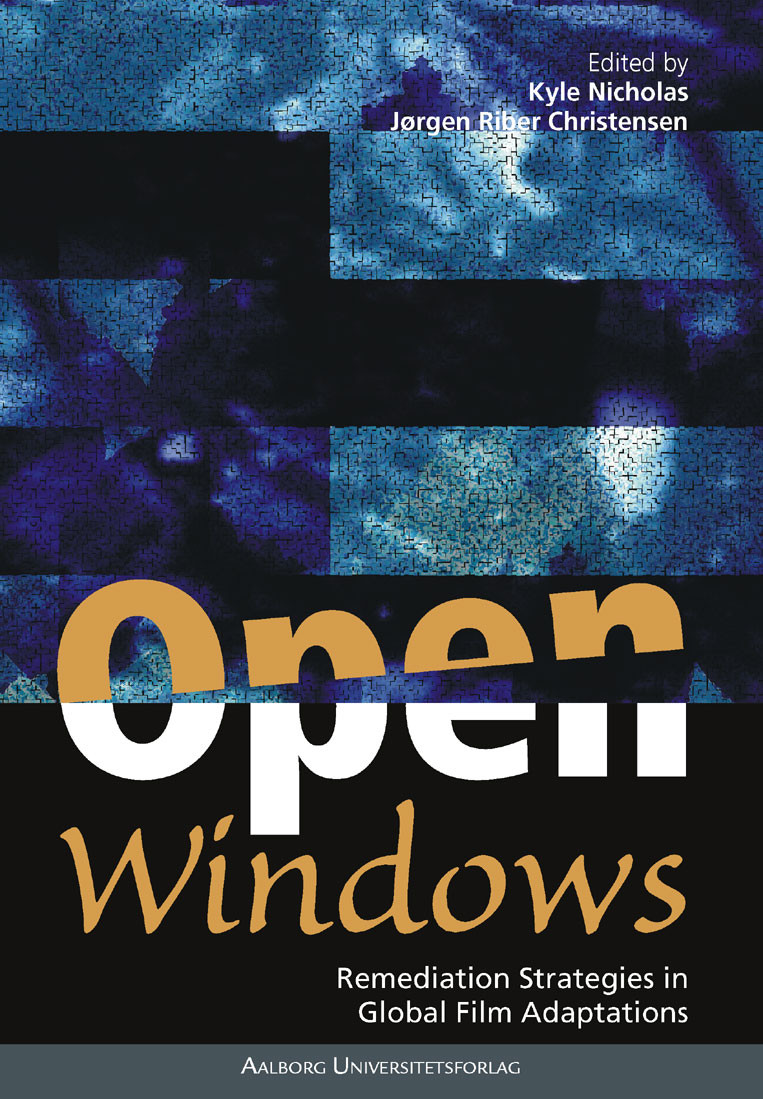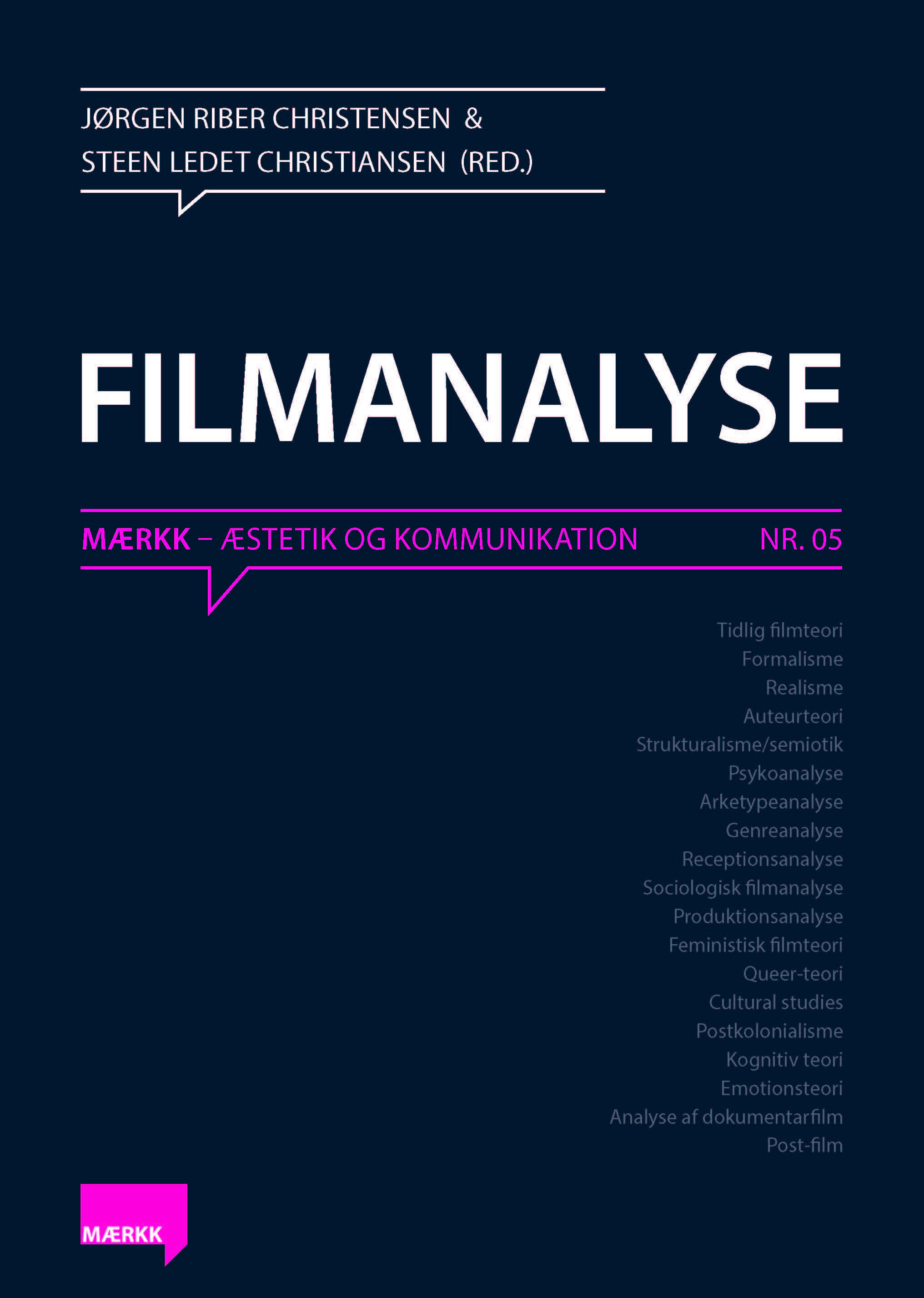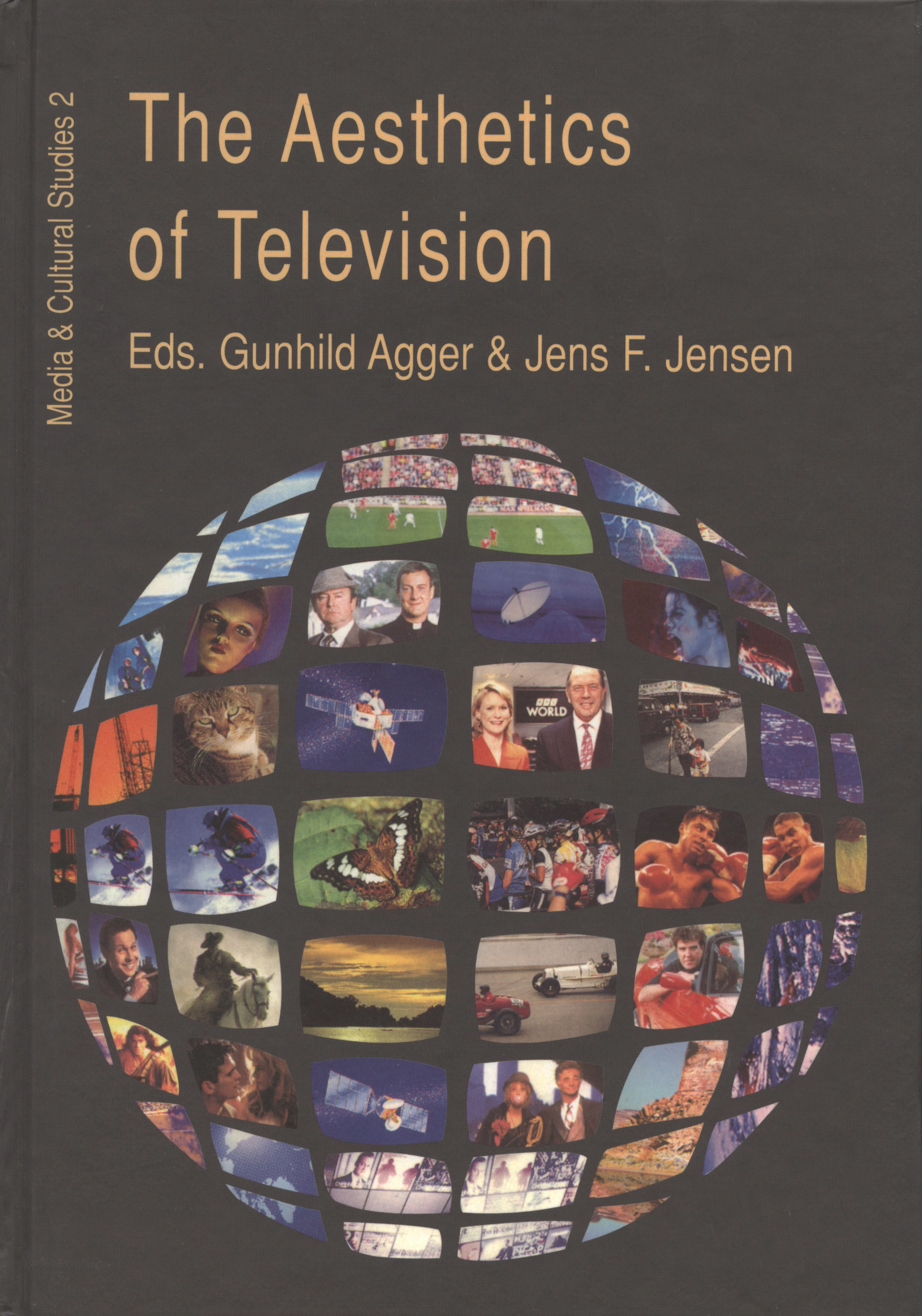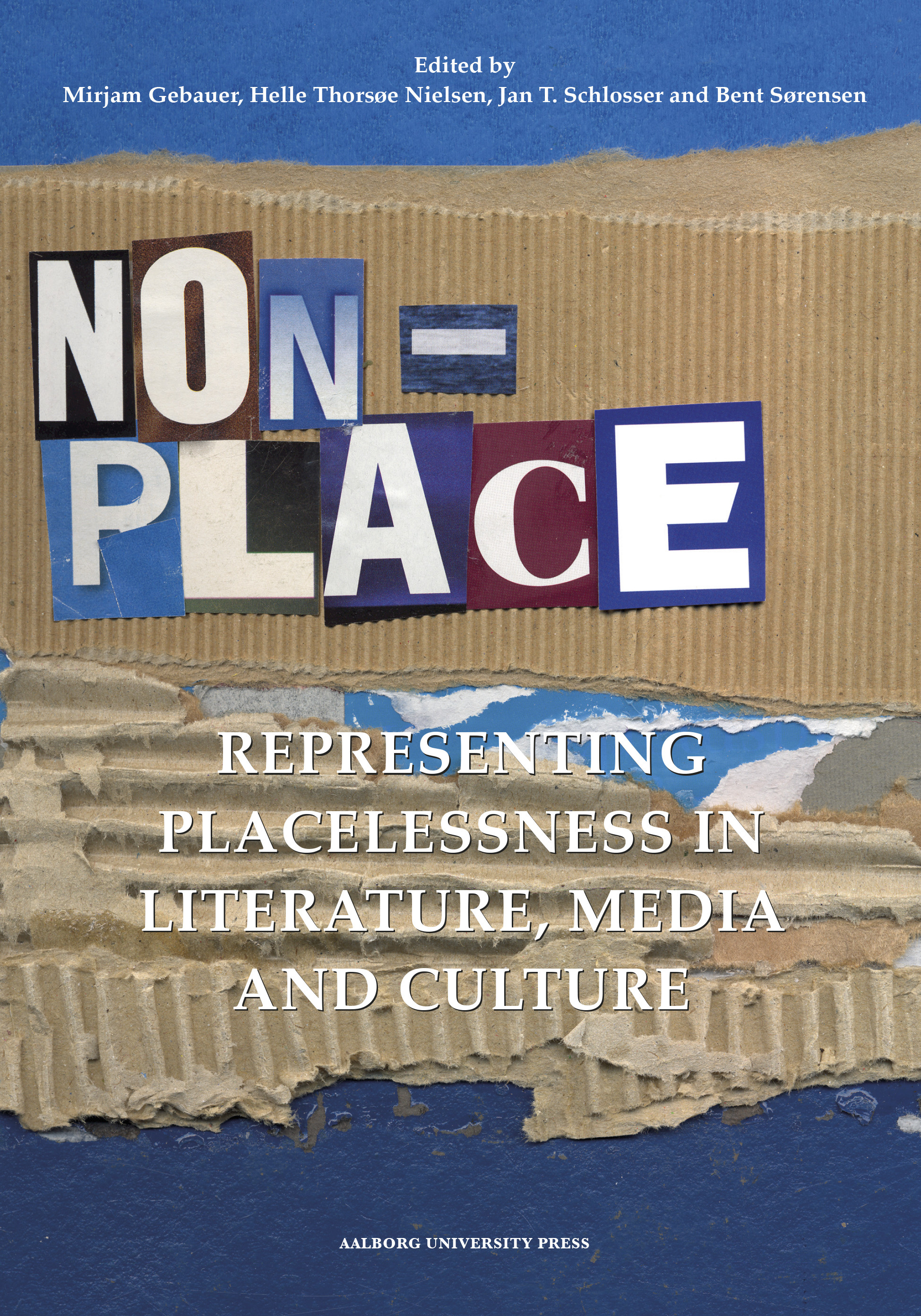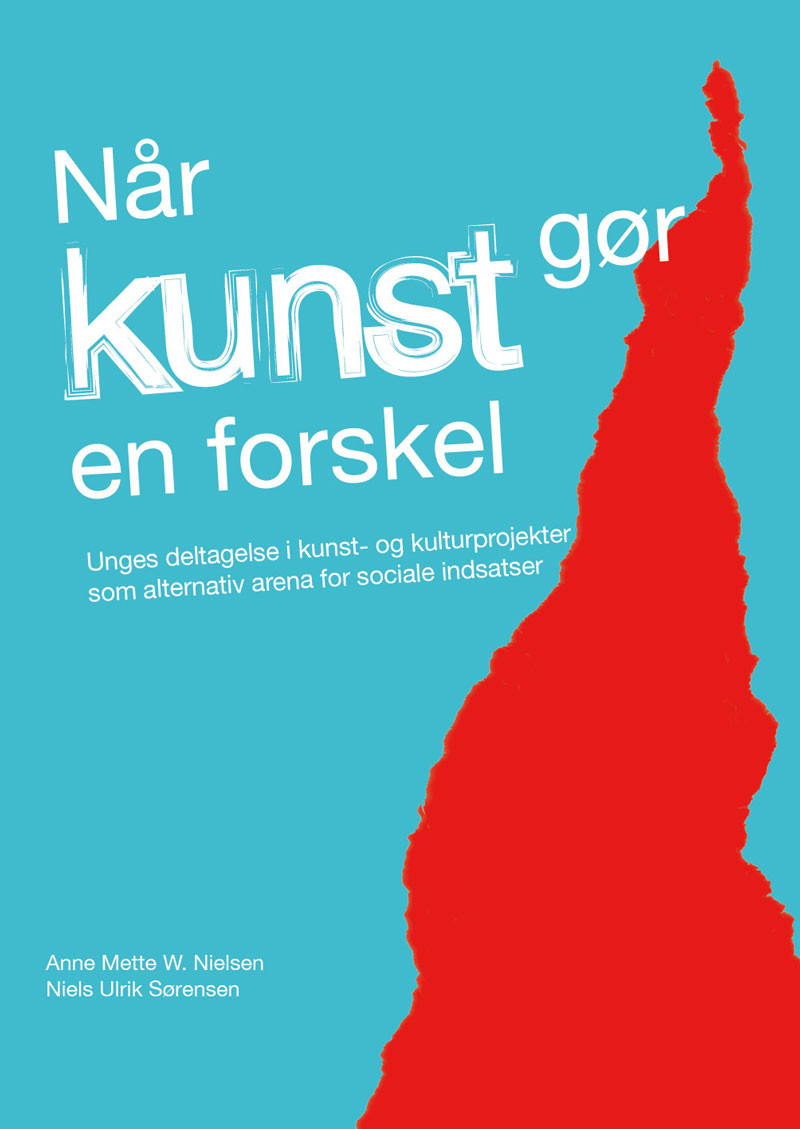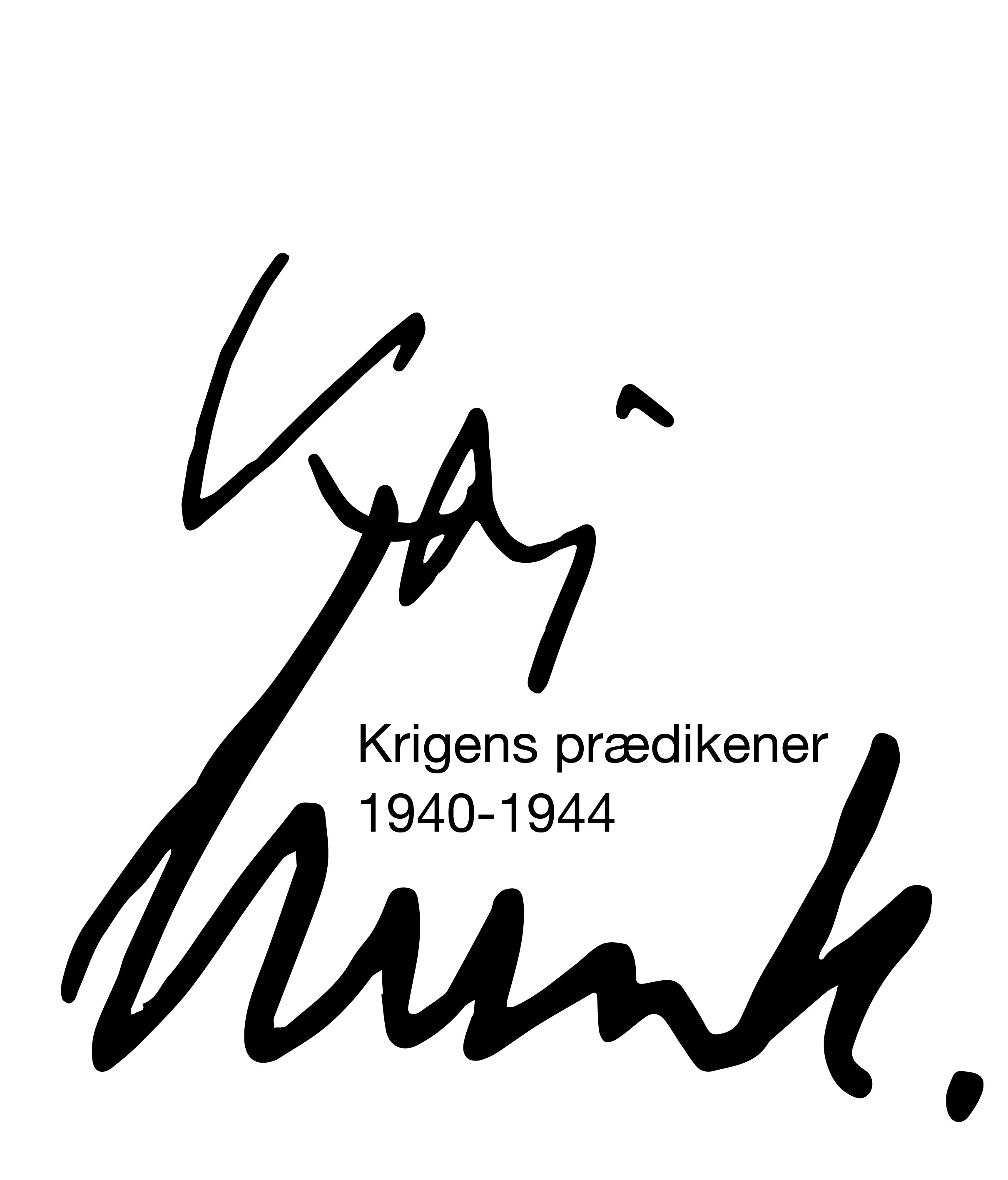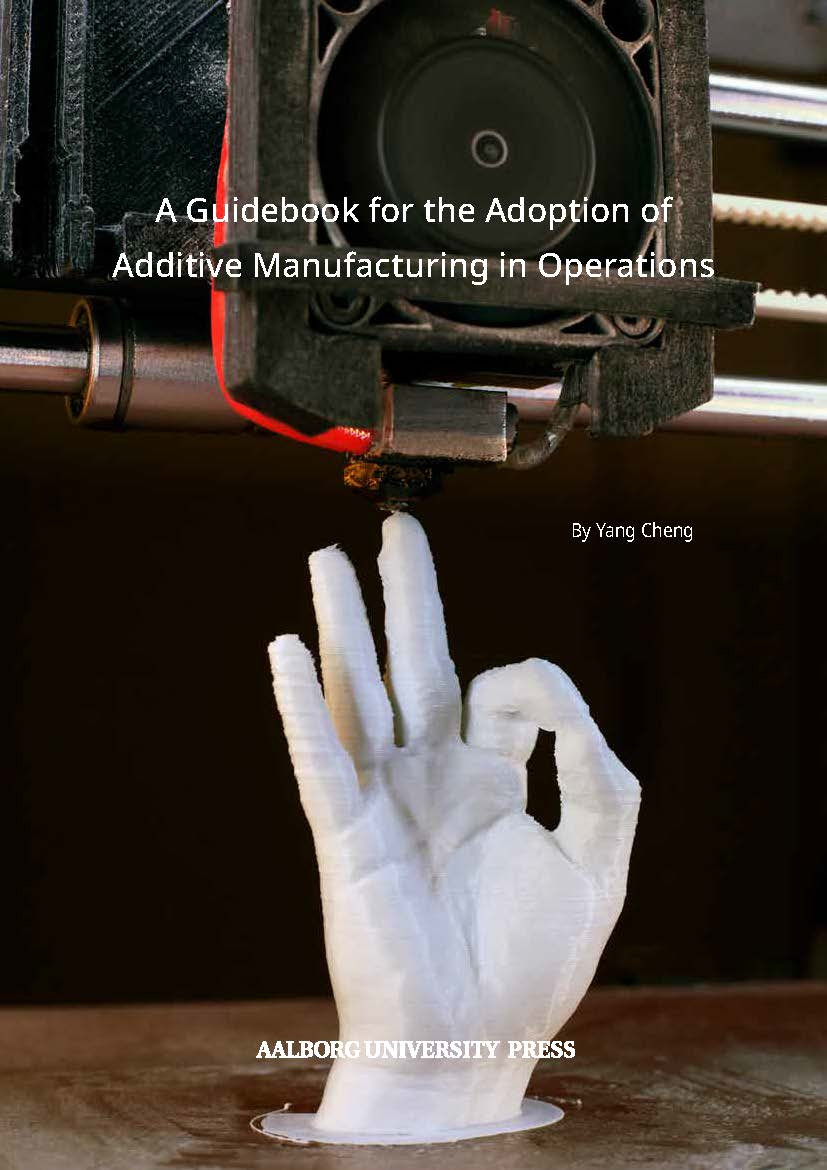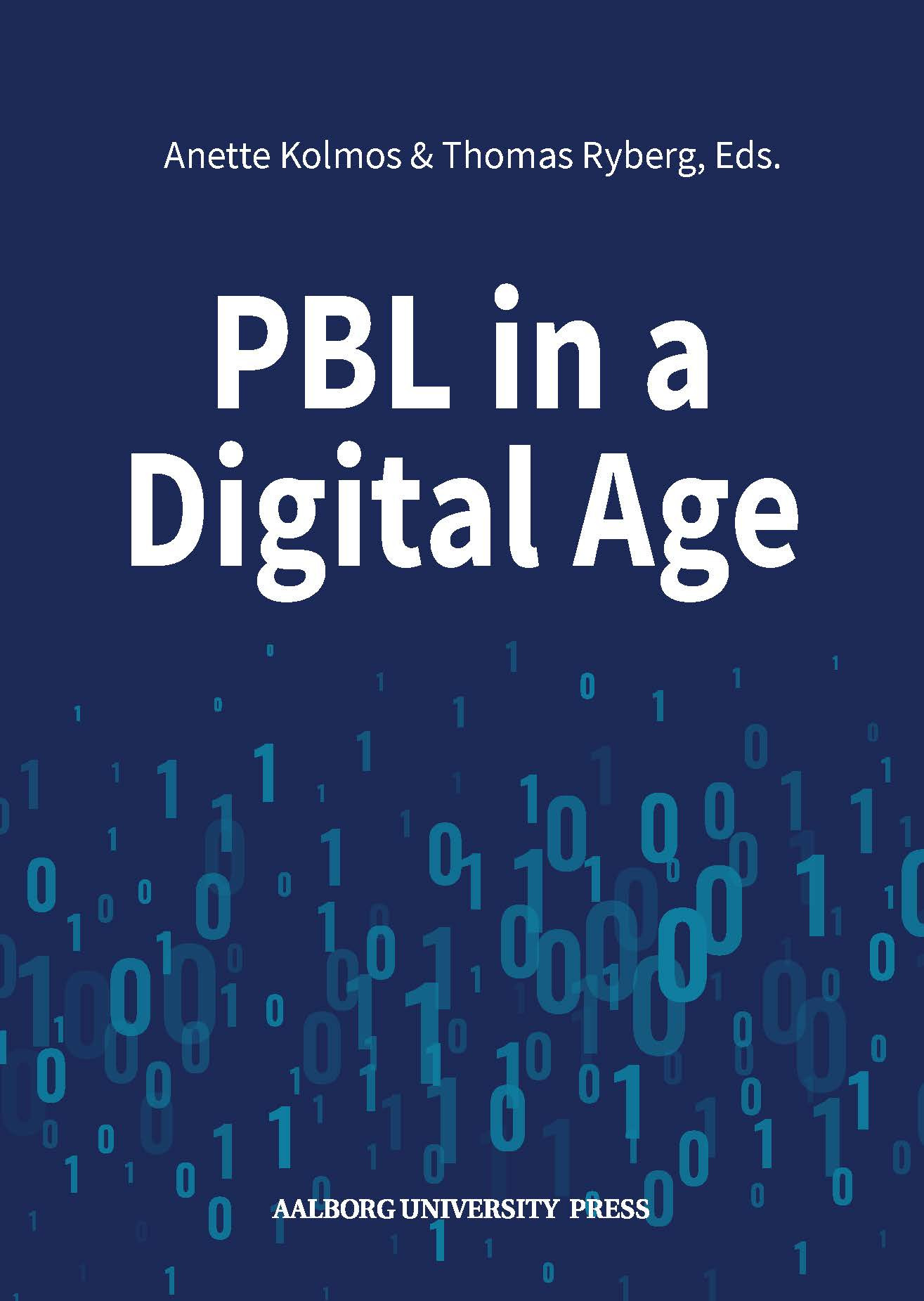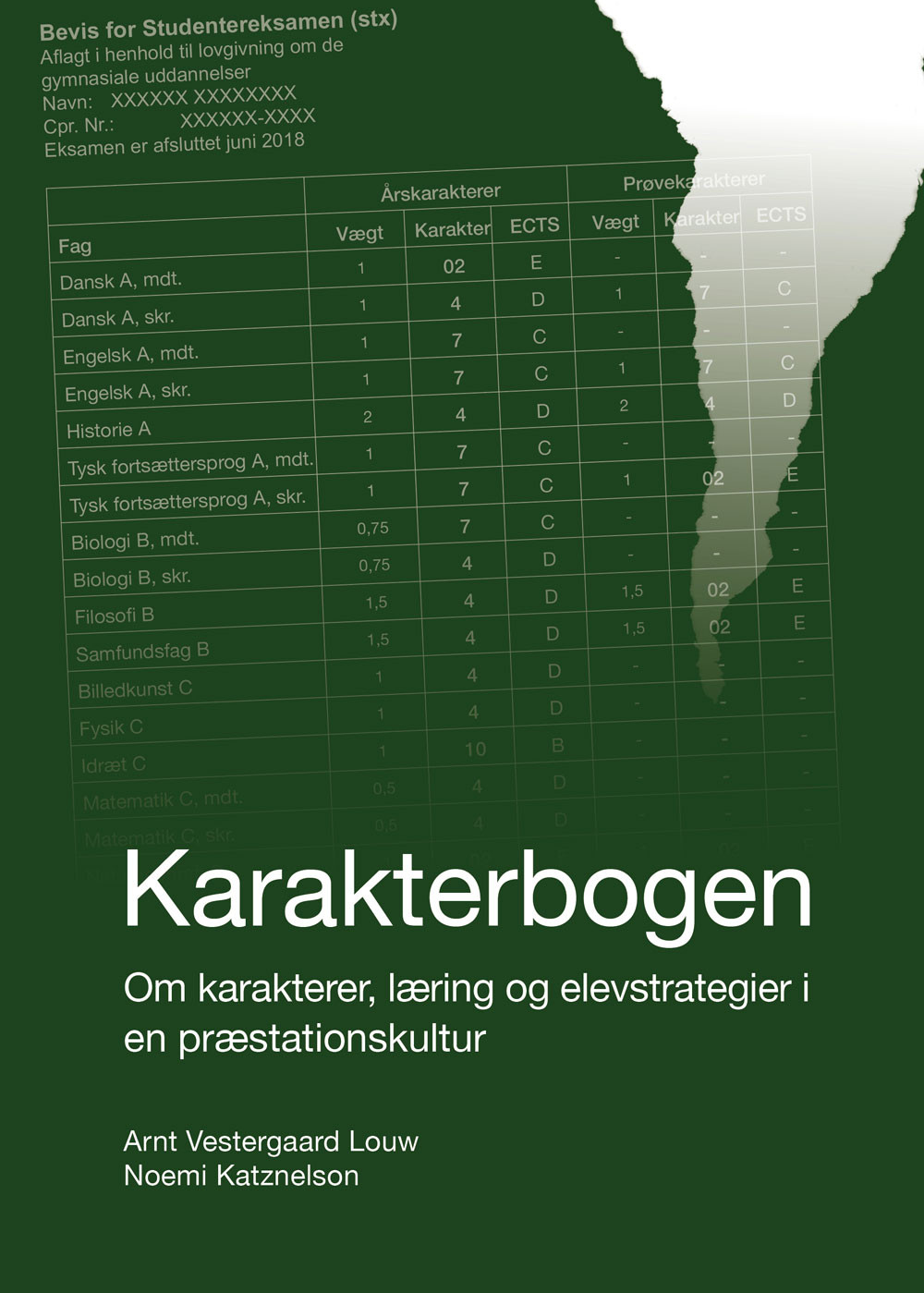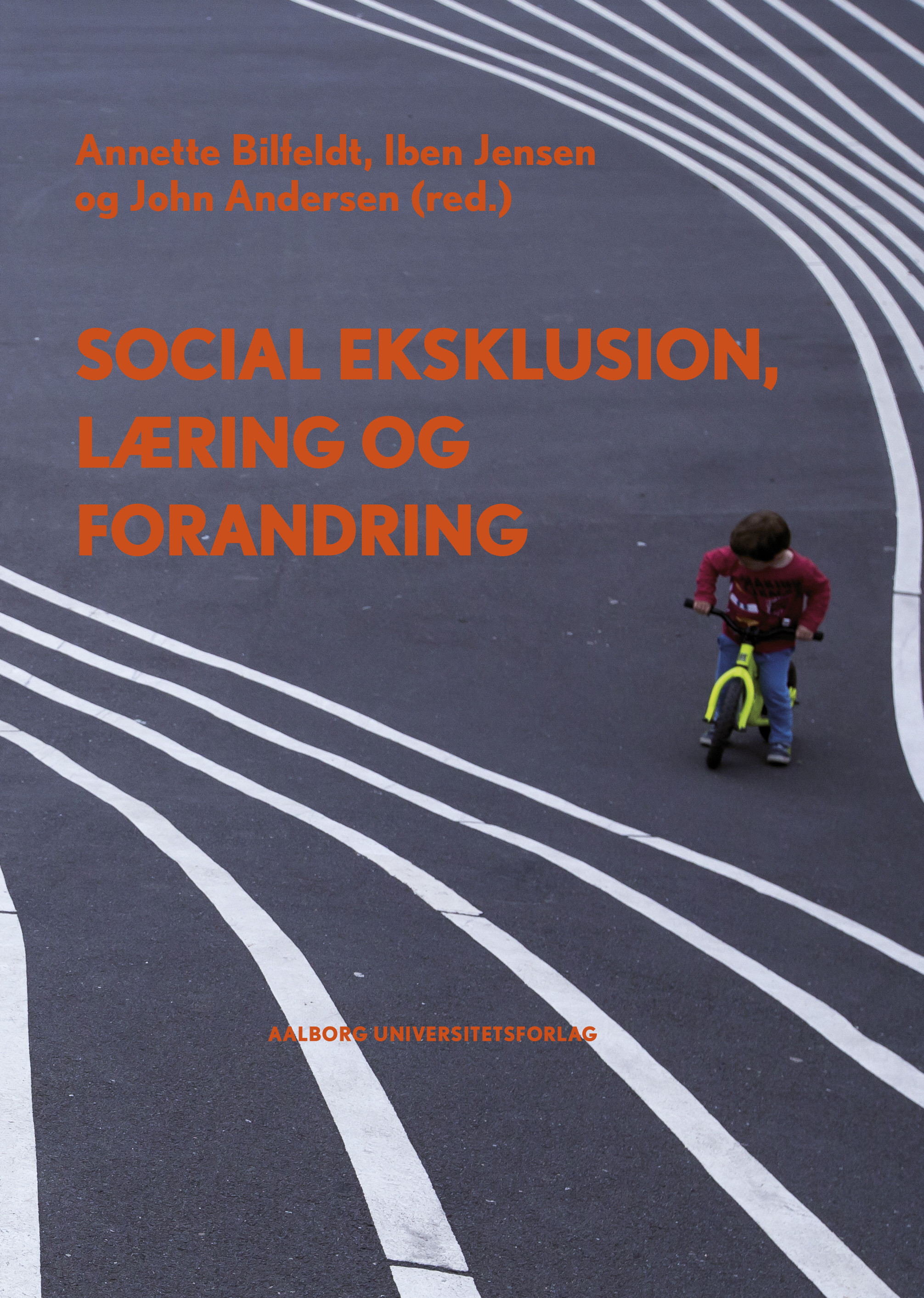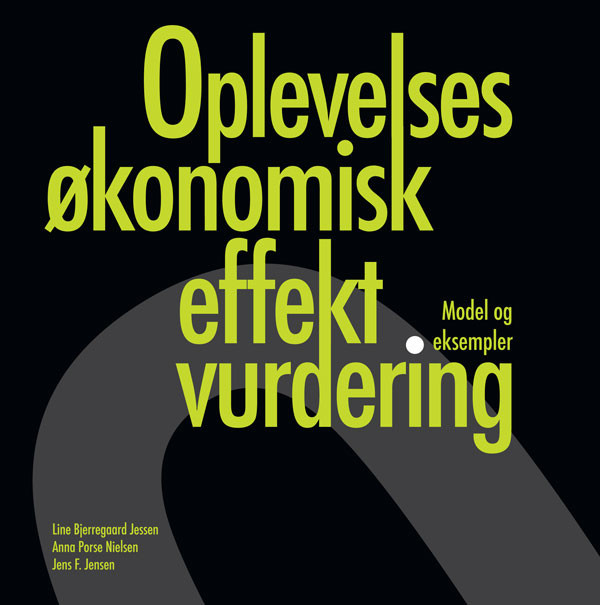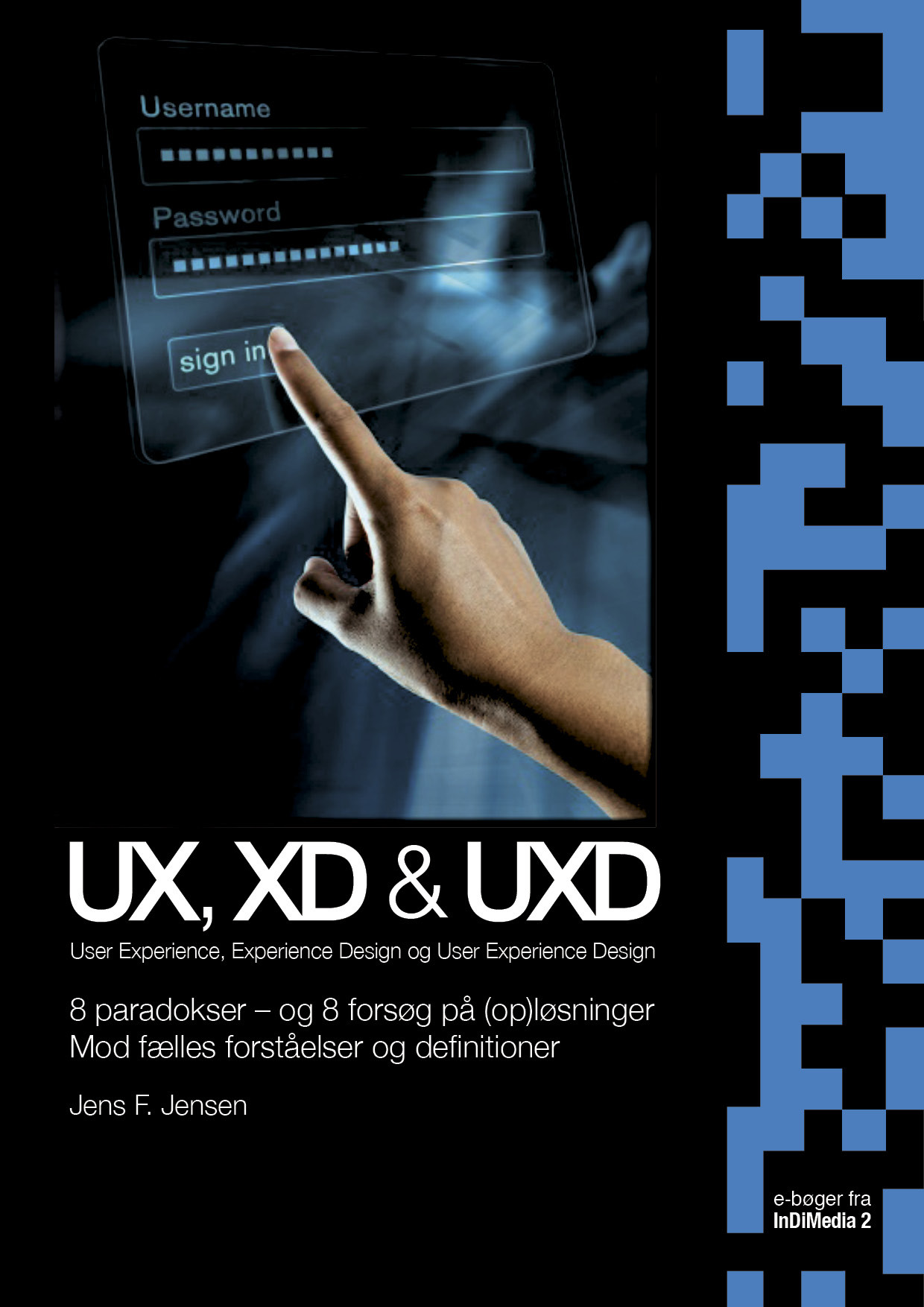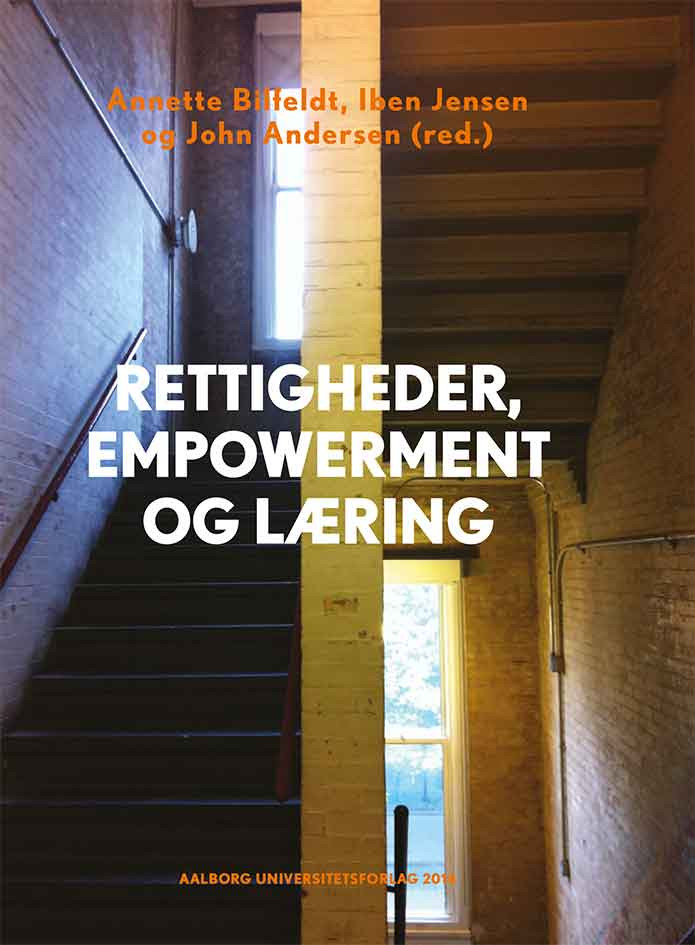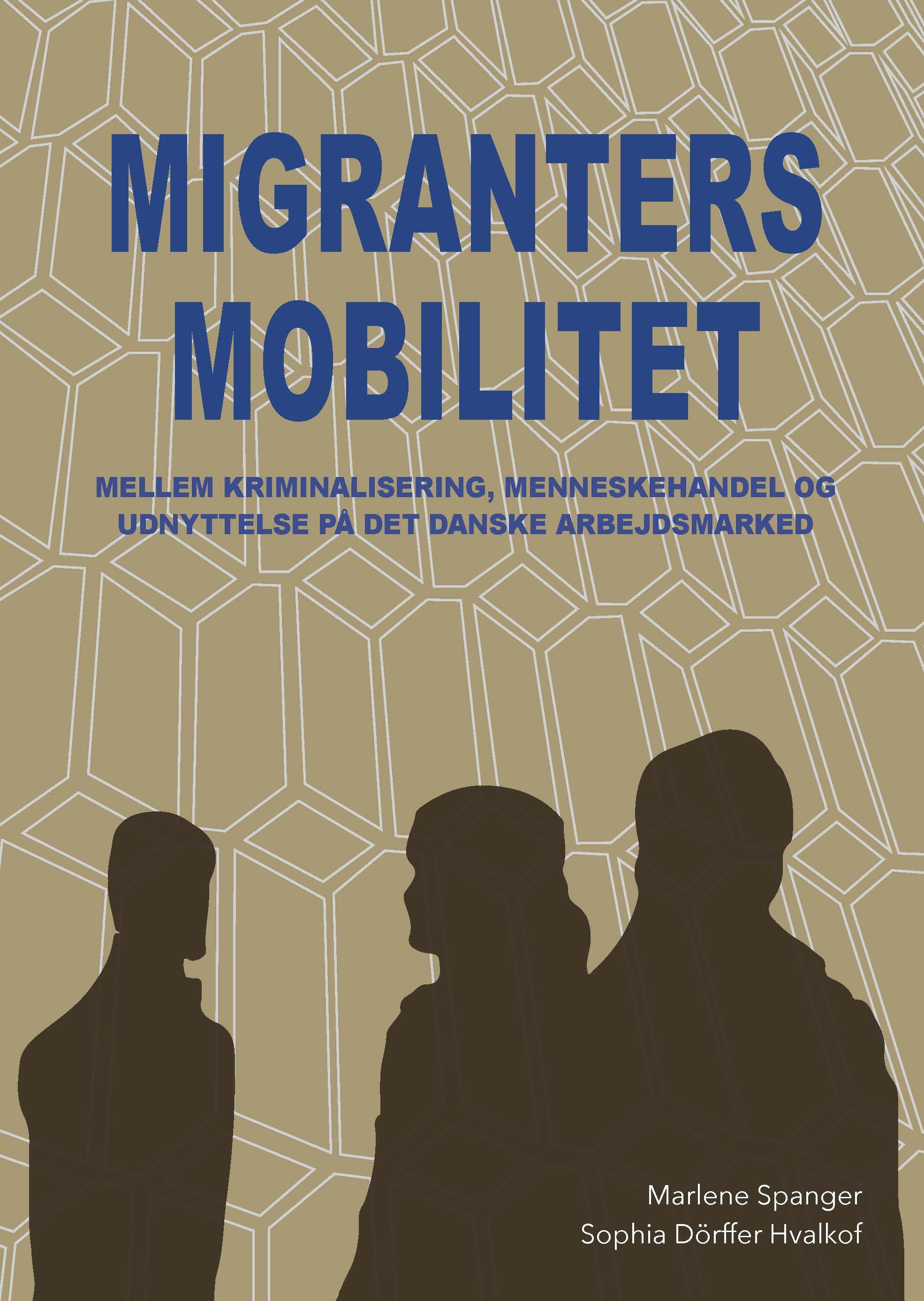Life after lines
Tim Ingold across the humanities
Af redaktør gunhild agger , jørgen riber christensen , mikkel jensen , jens kirk , bent sørensen , brian russell graham
En del af serien Interdisciplinære Kulturstudier
“What do walking, weaving, observing, singing, storytelling, drawing and writing have in common? The answer is that they all proceed along lines of one kind or another.” This is the first Q&A in Tim Ingold’s seminal Lines. A brief history (2007). In The Life of Lines, the sequel from 2015, he opposes lines and blobs and proceeds: “Life began when lines began to emerge and to escape the monopoly of blobs.”
With its strange combination of anthropology, sociology, ecology, aesthetics and conceptual analysis, Ingold’s research is truly cross-disciplinary, and it has inspired research across the humanities. It is the ambition of this anthology to show why and how.
The anthology contains a variety of articles, showing how comprehensive the theoretical range and analytical scope of Ingold’s concepts are. The area of the articles comprise different media – books, television, cinema and music – different genres, and different times ranging from Paradise Lost (1667) to current TV series.
What all the articles have in common is the line as a key concept – and the urge of delineating the line, interpreting the consequences of following it, supplying it with the dotted line, the knots and networks, mazes and labyrinths. And to use the texts as a vehicle to explore the meaning and significance of the line.
-
“What do walking, weaving, observing, singing, storytelling, drawing and writing have in common? The answer is that they all proceed along lines of one kind or another.” This is the first Q&A in Tim Ingold’s seminal Lines. A brief history (2007). In The Life of Lines, the sequel from 2015, he opposes lines and blobs and proceeds: “Life began when lines began to emerge and to escape the monopoly of blobs.”
With its strange combination of anthropology, sociology, ecology, aesthetics and conceptual analysis, Ingold’s research is truly cross-disciplinary, and it has inspired research across the humanities. It is the ambition of this anthology to show why and how.
The anthology contains a variety of articles, showing how comprehensive the theoretical range and analytical scope of Ingold’s concepts are. The area of the articles comprise different media – books, television, cinema and music – different genres, and different times ranging from Paradise Lost (1667) to current TV series.
What all the articles have in common is the line as a key concept – and the urge of delineating the line, interpreting the consequences of following it, supplying it with the dotted line, the knots and networks, mazes and labyrinths. And to use the texts as a vehicle to explore the meaning and significance of the line.
-
Antal sider
177
isbn
978-87-7210-287-0
issn
1904-898X
Udgave
1. edition
Udgivelsesår
2020
-
Filnavn Download
